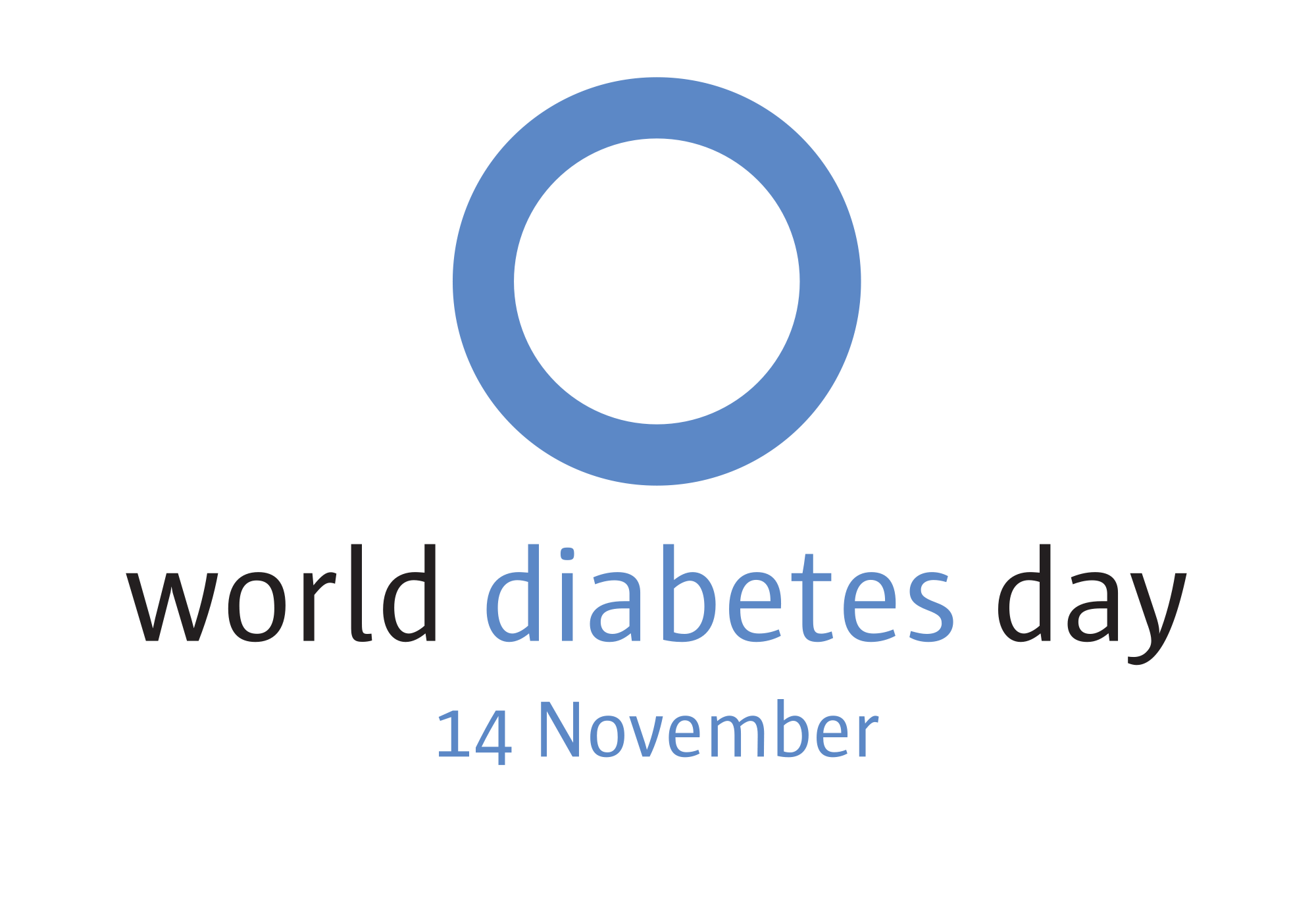With World Diabetes Day on November 14th, the South African Diabetes Association (SADA) is spreading awareness about diabetes with their #ShowYourNumberCampaign, assisting people to know their status by getting tested and sharing it with others via social media.
The campaign involves the participant going to get their blood sugar tested. It requires them taking a selfie with their reading. Posting the picture to all their social media platforms using #ShowYourNumber as the hashtag and the following message: “I am taking control of my health-I got tested for diabetes this World Diabetes Awareness Month #WDD #ShowYourNumber.”
The last step requires them making a donaation according to their blood sugar value where they multiple their blood sugar value by ten.
The campaign was launched in November, earmarked as World Diabetes Awareness Month, and participants are encouraged to nominate their friends to get tested, says marketing co-ordinator Keegan Hall.
MediClinic is running free tests this November. All proceeds go to Diabetes South Africa.
Diabetes is a condition where the amount of glucose in the blood is too high because the blood cannot use it properly.
“Diabetes is always serious. If it is left untreated or is not well managed, the high levels of blood glucose associated with diabetes can slowly damage both the fine nerves and the small and large blood vessels in the body, resulting in a variety of complications,” says Hall.
There are three types of diabetes: Type 1 Diabetes, Type 2 Diabetes and Gestational Diabetes.
Type 1 Diabetes occurs when the pancreas stops producing insulin. It usually starts in young people under the age of 30, including very young children and infants. People who have type 1 diabetes must inject insulin to survive. However insulin dosages are not enough to survive with the illness.
“Insulin dosages are carefully balanced with food intake and exercise programmes,” says Hall.
Type 2 Diabetes occurs when pancreas does not work properly to produce enough insulin. This is more common amongst people over 40. They are normally inactive.
“People living with type 2 diabetes are usually overweight and inactive,” says Hall.
Gestational Diabetes is a temporary condition which occurs during pregnancy. Both mother and infant are at risk.
“The condition puts at risk the mother and child of developing diabetes in the future,” says Hall.
Living with diabetes includes various complications that could lead to impairment. These include heart disease, blindness, amputation, kidney disease and erectile dysfunction or impotence.
If you show the following signs or have the following symptoms-Unusual thirst, frequent urination, unusual weight loss, extreme fatigue or lack of energy, blurred vision, frequent or recurring infections, cuts and bruises that are slow to heal, boils and itching skin, tingling and numbness in the hands or feet-you should get tested.
Diabetes can be managed by leading a balanced lifestyle.
“With insulin dosages combined with exercise and eating healthy diabetes can be lived with,” says Hall. VOC (Nailah Cornelissen)






 WhatsApp us
WhatsApp us 

